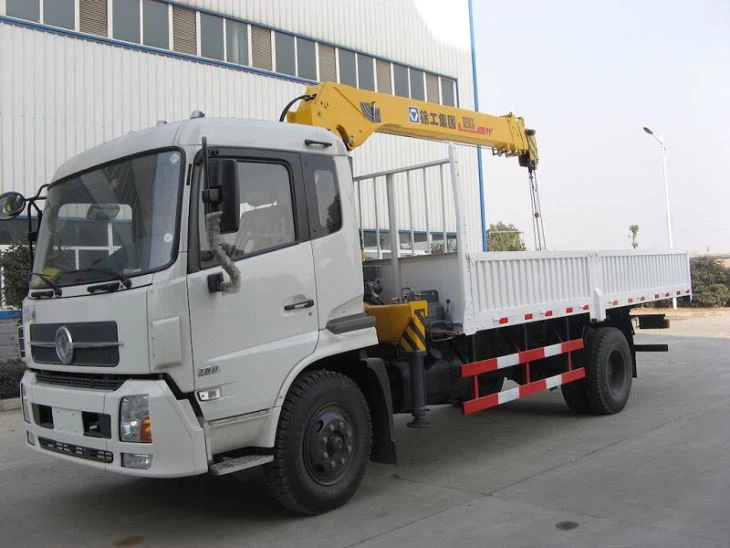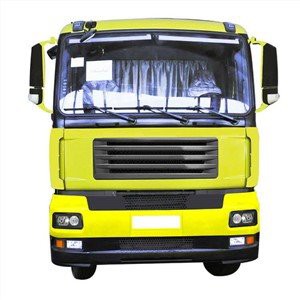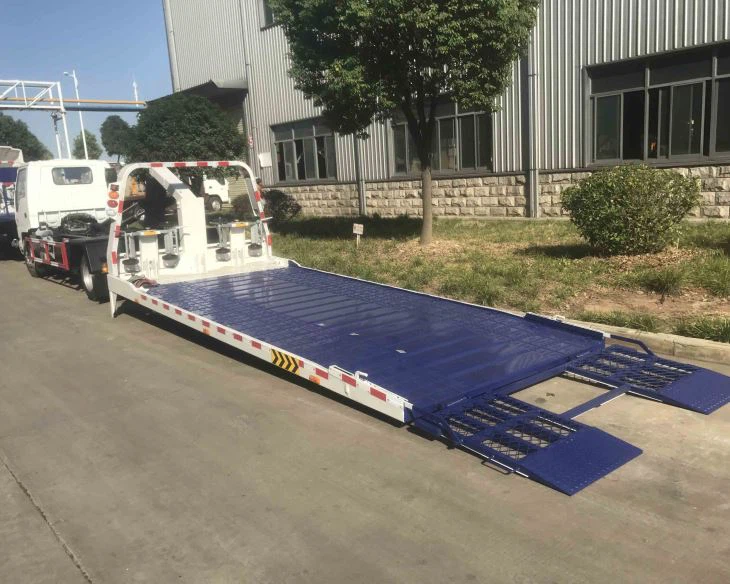Sewer Suction Truck: The Essential Guide

The sewer suction truck is an indispensable vehicle for maintaining urban hygiene and wastewater management systems. These specialized trucks are designed to handle the dirty work of cleaning and maintaining sewer lines, septic tanks, and other drainage systems. This comprehensive article delves into various aspects of sewer suction trucks, focusing on their operation, components, advantages, and much more.
What is a Sewer Suction Truck?
A sewer suction truck, also known as a vacuum truck or vacuum tanker, is a heavy-duty vehicle equipped with a vacuum pump and a storage tank. It works by sucking up waste materials from sewer systems and transporting them to a designated disposal site. These trucks play a crucial role in keeping urban areas clean and preventing environmental hazards associated with sewage overflow.
How Do Sewer Suction Trucks Work?
The operation of a sewer suction truck involves several key components:
- Vacuum Pump: Generates suction to draw waste into the tank.
- Storage Tank: Holds the collected waste materials.
- Hoses and Nozzles: Allow for the connection to sewer lines.
- Control Panel: Enables the operator to control vacuum intensity and operation.
The process starts when the truck positions itself over a manhole. The operator connects the hose to the sewer line and activates the vacuum pump. The waste is then sucked into the storage tank, which can vary in capacity depending on the truck model.
Key Components of a Sewer Suction Truck
1. Vacuum System
The vacuum system is the heart of a sewer suction truck. It consists of a powerful pump that creates a vacuum to pull waste into the tank. There are different types of vacuum pumps, including:
| Type | Description |
|---|---|
| Positive Displacement Pumps | Efficient for high-liquid levels and thicker sludge. |
| Rotary Vane Pumps | Commonly used due to their performance and reliability. |
2. Storage Tank
The storage tank collects waste until the truck reaches a disposal site. Tanks can hold anywhere from 1,000 to 3,500 gallons of liquid waste. The tank’s material is usually made from high-quality steel or fiberglass to withstand corrosive materials.
3. Hoses
Hoses are integral to the vacuum truck’s operation, facilitating the transfer of waste from the sewer line to the storage tank. Typically, sewer suction trucks are equipped with both:

- Discharge Hoses: Used to release waste at disposal sites.
- Intake Hoses: Used for suction from sewer lines.
4. Control System
The control system is responsible for managing the vacuum pump, monitoring pressure levels, and controlling the entire operation. Advanced models may feature automated systems that increase operational efficiency.
Types of Sewer Suction Trucks
1. Standard Sewer Suction Trucks
These trucks are the most common type, designed for general sewer cleaning. They typically have a sizable storage tank and a powerful vacuum system suitable for urban areas.
2. Combination Trucks
Combination trucks combine the functions of a vacuum truck and a jetting truck. They can simultaneously suck and flush out sewer lines, making them highly efficient.
3. Septic Tank Vacuum Trucks
Specifically designed for septic tank maintenance, these trucks focus on pumping and cleaning septic systems. They often have larger tanks for collecting waste in a single visit.
Advantages of Using a Sewer Suction Truck

1. Efficient Waste Removal
Sewer suction trucks can quickly and effectively remove waste from sewer systems, preventing blockages and overflows.
2. Environmental Protection
By transporting sewage and waste materials to appropriate disposal sites, these trucks help protect the environment and public health.
3. Cost-Effective
Regular maintenance using suction trucks can save municipalities money by preventing costly sewer backups and repairs.
4. Versatile Use
These trucks can be used in various applications, including industrial waste removal, septic tank services, and stormwater management.
Best Practices for Operating Sewer Suction Trucks
1. Regular Maintenance
To ensure optimal performance, it’s essential to conduct regular maintenance on sewer suction trucks. This includes checking the vacuum system, inspecting hoses for wear and tear, and ensuring the storage tank is clean.
2. Proper Training
Operators should undergo proper training to understand how to handle the truck safely and efficiently. This includes knowledge about vacuum operation, waste management regulations, and safety precautions.

3. Safety Protocols
Implementing safety protocols is crucial when operating sewer suction trucks. Operators should always wear appropriate protective equipment (PPE) and follow guidelines for handling hazardous materials.
4. Waste Disposal Compliance
Ensure compliance with local regulations regarding waste disposal. This includes knowing the appropriate disposal sites and adhering to environmental standards.
Practical Examples of Sewer Suction Truck Usage
1. Urban Waste Management
Cities often use sewer suction trucks to clean sewer lines and prevent public health hazards. For instance, during heavy rain, suction trucks can remove pooled water and sewage to avoid outbreaks of waterborne diseases.
2. Industrial Applications
In industrial settings, these trucks are employed to manage the waste produced by factories and processing plants. They ensure proper waste disposal in compliance with environmental regulations.
3. Emergency Response
During emergencies, such as flooding, sewer suction trucks play a vital role in quickly removing groundwater and sewage to minimize damage and health risks.
Costs Associated with Sewer Suction Trucks
The costs of sewer suction truck services can vary widely based on factors such as location, the volume of waste, and the specific service required. Here is a rough breakdown of potential costs:
| Service | Estimated Cost |
|---|---|
| Routine Maintenance | $150 – $500 per visit |
| Emergency Services | $200 – $800 per hour |
| Septic Pumping | $250 – $600 per tank |
Frequently Asked Questions (FAQ)
1. What is the average lifespan of a sewer suction truck?
The average lifespan of a well-maintained sewer suction truck can range from 10 to 15 years, depending on usage and maintenance practices.
2. How often should sewer lines be cleaned?
It is generally recommended to clean sewer lines at least once a year. However, high-traffic areas may require more frequent cleanings.
3. Can sewer suction trucks operate in all weather conditions?
Yes, sewer suction trucks are designed to operate in various weather conditions, including rain and snow. However, operators should always prioritize safety and visibility.
4. Are sewer suction trucks environmentally friendly?
When operated correctly, sewer suction trucks can be environmentally friendly as they help manage waste and prevent environmental contamination.
5. How do I choose a sewer suction truck service?
Look for a service with a good reputation, certified operators, and proper equipment. Consider asking for references and checking reviews.
6. What are the safety issues involved with sewer suction trucks?
Safety issues may include exposure to hazardous materials, slips and falls, and equipment-related injuries. It is vital to follow safety protocols and perform risk assessments regularly.
